| [1] |
郭明. 关于智能化战争的基本认知[J]. 人民论坛·学术前沿, 2021(10): 14–21. doi: 10.16619/j.cnki.rmltxsqy.2021.10.002GUO Ming. Basic understandings of the intelligent wars[J]. Frontiers, 2021(10): 14–21. doi: 10.16619/j.cnki.rmltxsqy.2021.10.002
|
| [2] |
ELMASRY G F. A comparative review of commercial vs. tactical wireless networks[J]. IEEE Communications Magazine, 2010, 48(10): 54–59. doi: 10.1109/MCOM.2010.5594677
|
| [3] |
AGRAWAL R, FAUJDAR N, ROMERO C A T, et al. Classification and comparison of ad hoc networks: A review[J]. Egyptian Informatics Journal, 2023, 24(1): 1–25. doi: 10.1016/j.eij.2022.10.004
|
| [4] |
黄晓舸, 何勇, 陈前斌, 等. 无人机群辅助的数据采集能耗优化方法[J]. 电子与信息学报, 2023, 45(6): 2054–2062. doi: 10.11999/JEIT220554HUANG Xiaoge, HE Yong, CHEN Qianbin, et al. Optimization method for energy consumption in data acquisition assisted by UAV swarms[J]. Journal of Electronics & Information Technology, 2023, 45(6): 2054–2062. doi: 10.11999/JEIT220554
|
| [5] |
GUO Jingjing, GAO Huamin, LIU Zhiquan, et al. ICRA: An intelligent clustering routing approach for UAV ad hoc networks[J]. IEEE Transactions on Intelligent Transportation Systems, 2023, 24(2): 2447–2460. doi: 10.1109/TITS.2022.3145857
|
| [6] |
KELAGADI H M and PRIYATAMKUMAR G. Energy efficient clustering and topology management scheme for wireless sensor networks[J]. International Journal of Communication Networks and Distributed Systems, 2022, 28(2): 103–125. doi: 10.1504/IJCNDS.2022.121195
|
| [7] |
BOSE T, SURESH A, PANDEY O J, et al. Improving quality-of-service in cluster-based UAV-assisted edge networks[J]. IEEE Transactions on Network and Service Management, 2022, 19(2): 1903–1919. doi: 10.1109/TNSM.2021.3139892
|
| [8] |
SHARMA M, KUMAR P, and TOMAR R S. Weight-based clustering algorithm for military vehicles communication in VANET[J]. SAIEE Africa Research Journal, 2023, 114(1): 25–34. doi: 10.23919/SAIEE.2023.9962790
|
| [9] |
FROST P, MCCLUNG C, and WALLS C. Tactical considerations for a commander to fight and win in the electromagnetic spectrum[J]. The Cyber Defense Review, 2018, 3(1): 15–26.
|
| [10] |
LI Jiaxun, ZHAO Haitao, WEI Jibo, et al. Sender-jump receiver-wait: A simple blind rendezvous algorithm for distributed cognitive radio networks[J]. IEEE Transactions on Mobile Computing, 2018, 17(1): 183–196. doi: 10.1109/TMC.2017.2703166
|
| [11] |
LI Jiaxun, ZHAO Haitao, HAFID A S, et al. A bio-inspired solution to cluster-based distributed spectrum allocation in high-density cognitive Internet of Things[J]. IEEE Internet of Things Journal, 2019, 6(6): 9294–9307. doi: 10.1109/JIOT.2019.2911542
|
| [12] |
STEPHAN T, AL-TURJMAN F, JOSEPH K S, et al. Artificial intelligence inspired energy and spectrum aware cluster based routing protocol for cognitive radio sensor networks[J]. Journal of Parallel and Distributed Computing, 2020, 142: 90–105. doi: 10.1016/j.jpdc.2020.04.007
|
| [13] |
刘琰, 赵海涛, 李卫, 等. 一种基于邻域信息的多信道自适应建网算法[J]. 信号处理, 2022, 38(11): 2372–2384. doi: 10.16798/j.issn.1003-0530.2022.11.014LIU Yan, ZHAO Haitao, LI Wei, et al. Multi-channel adaptive network establishment based on neighborhood information[J]. Journal of Signal Processing, 2022, 38(11): 2372–2384. doi: 10.16798/j.issn.1003-0530.2022.11.014
|
| [14] |
SAMAD A, QADIR M, and NAWAZ I. SAM: A similarity measure for link prediction in social network[C]. 2019 13th International Conference on Mathematics, Actuarial Science, Computer Science and Statistics (MACS), Karachi, Pakistan, 2019: 1–9. doi: 10.1109/MACS48846.2019.9024762.
|
| [15] |
NEWMAN M E J and GIRVAN M. Finding and evaluating community structure in networks[J]. Physical Review E, 2004, 69(2): 026113. doi: 10.1103/PhysRevE.69.026113
|
| [16] |
BLONDEL V D, GUILLAUME J L, LAMBIOTTE R, et al. Fast unfolding of communities in large networks[J]. Journal of Statistical Mechanics:Theory and Experiment, 2008, 2008: P10008. doi: 10.1088/1742-5468/2008/10/P10008
|
| [17] |
LIANG Xinyu, LIANG Jiarong, and ZHANG Weiguang. Constructing d-robust connected dominating sets in wireless sensor networks with unstable transmission ranges[J]. IEEE Transactions on Communications, 2021, 69(1): 398–415. doi: 10.1109/TCOMM.2020.3030930
|





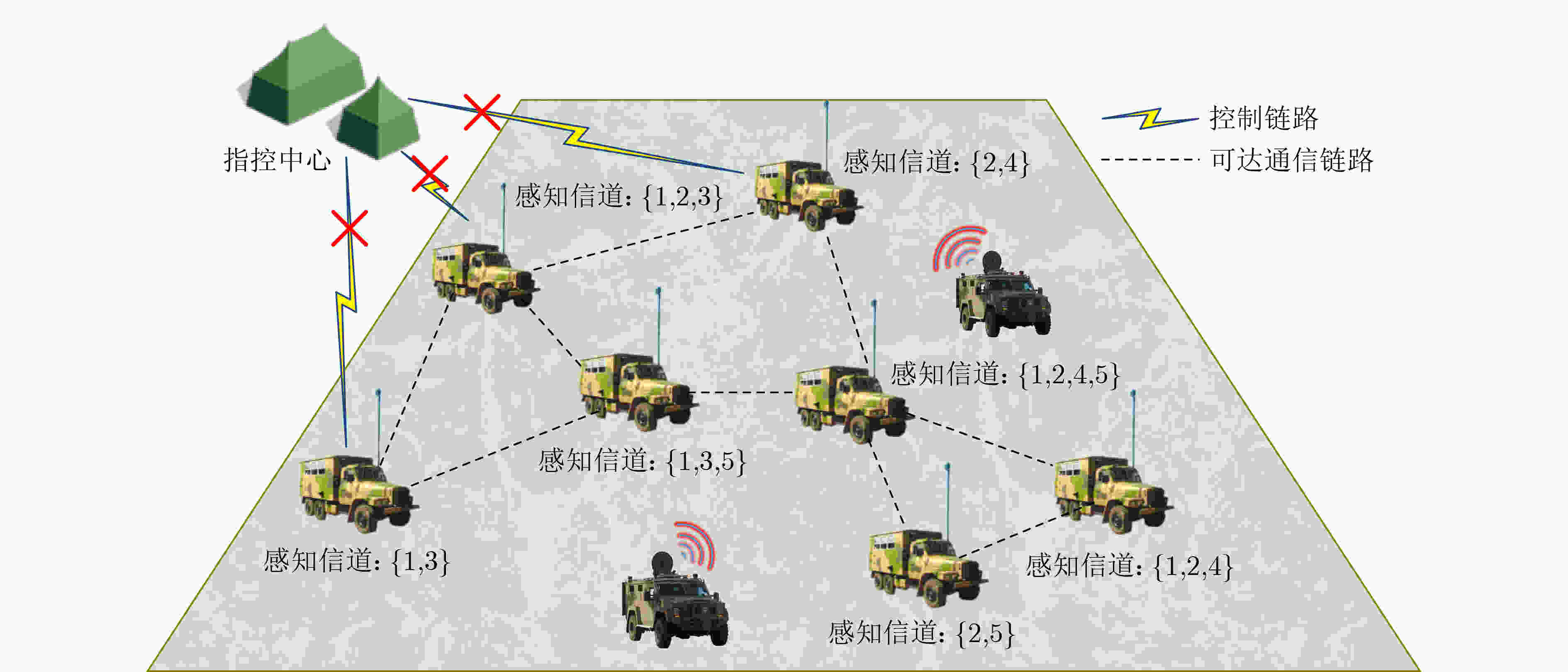
 下载:
下载:

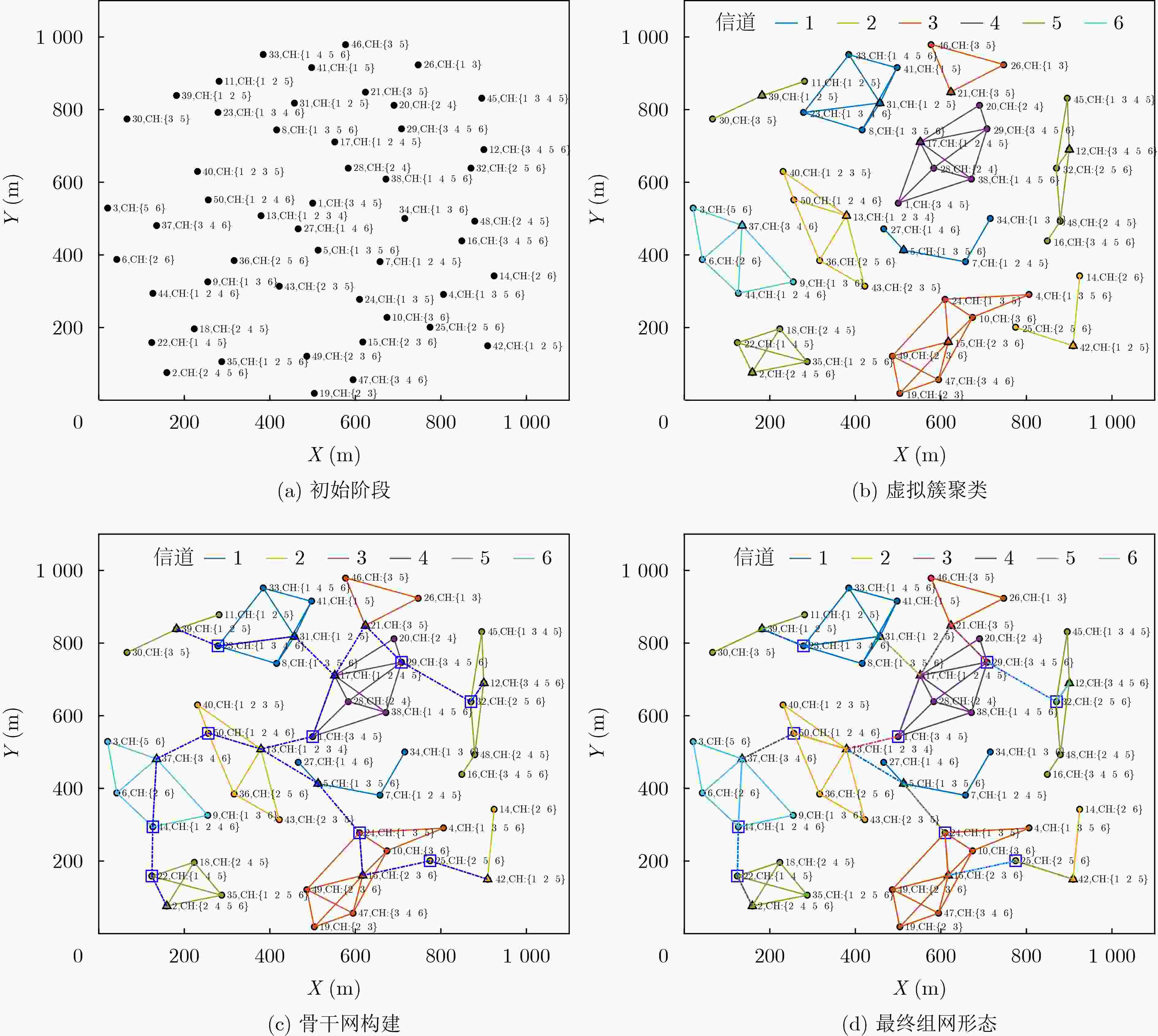
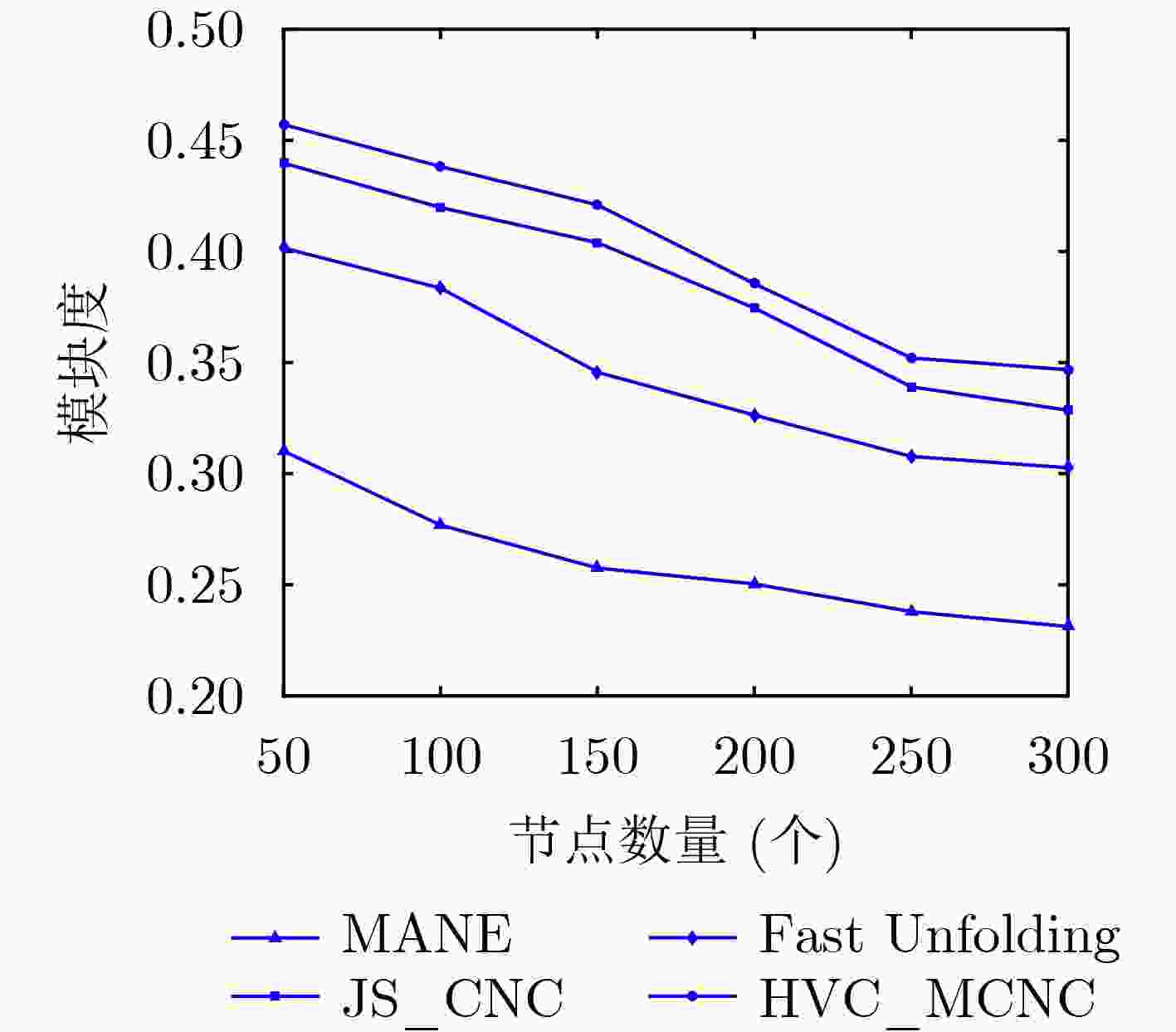
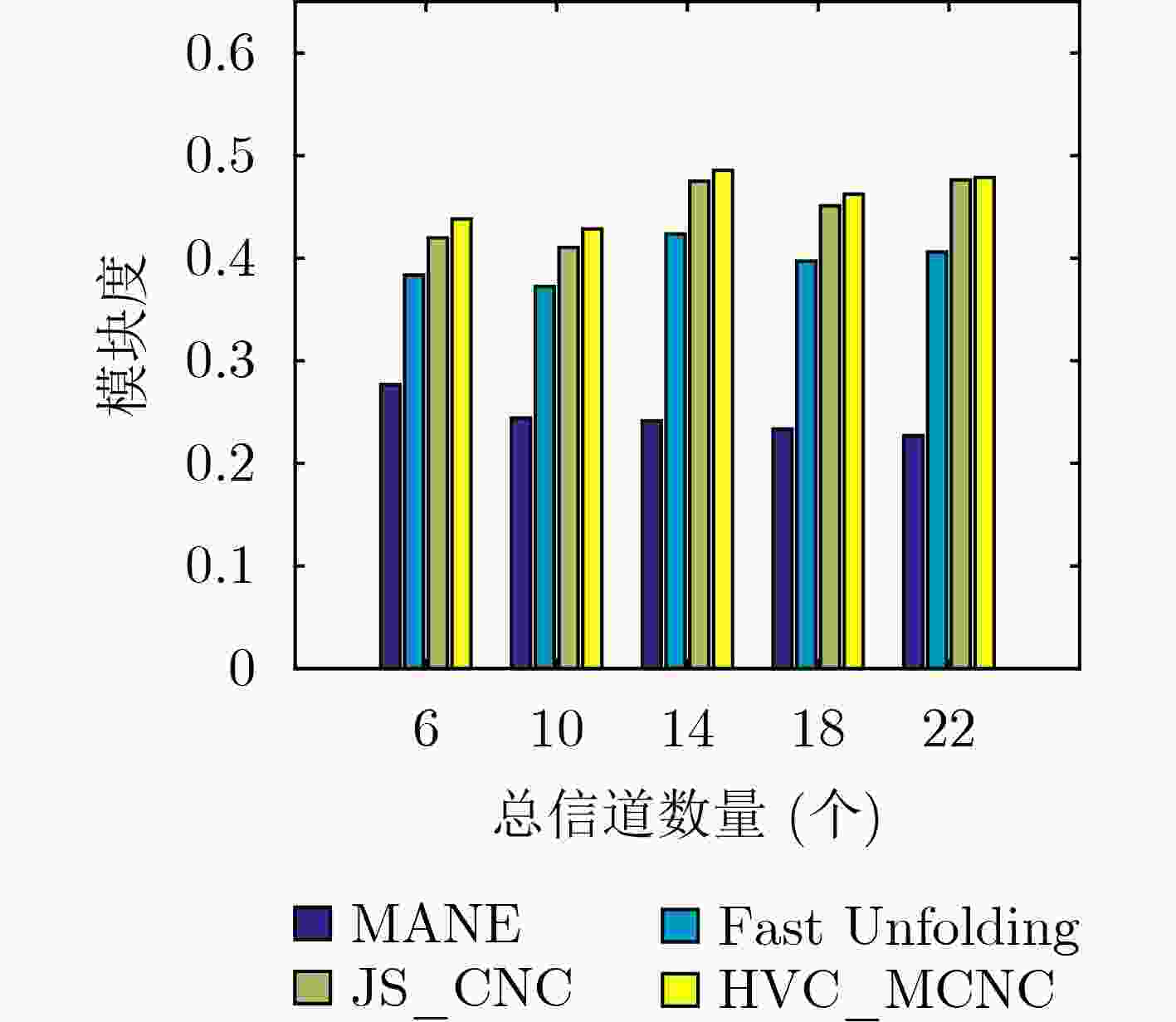
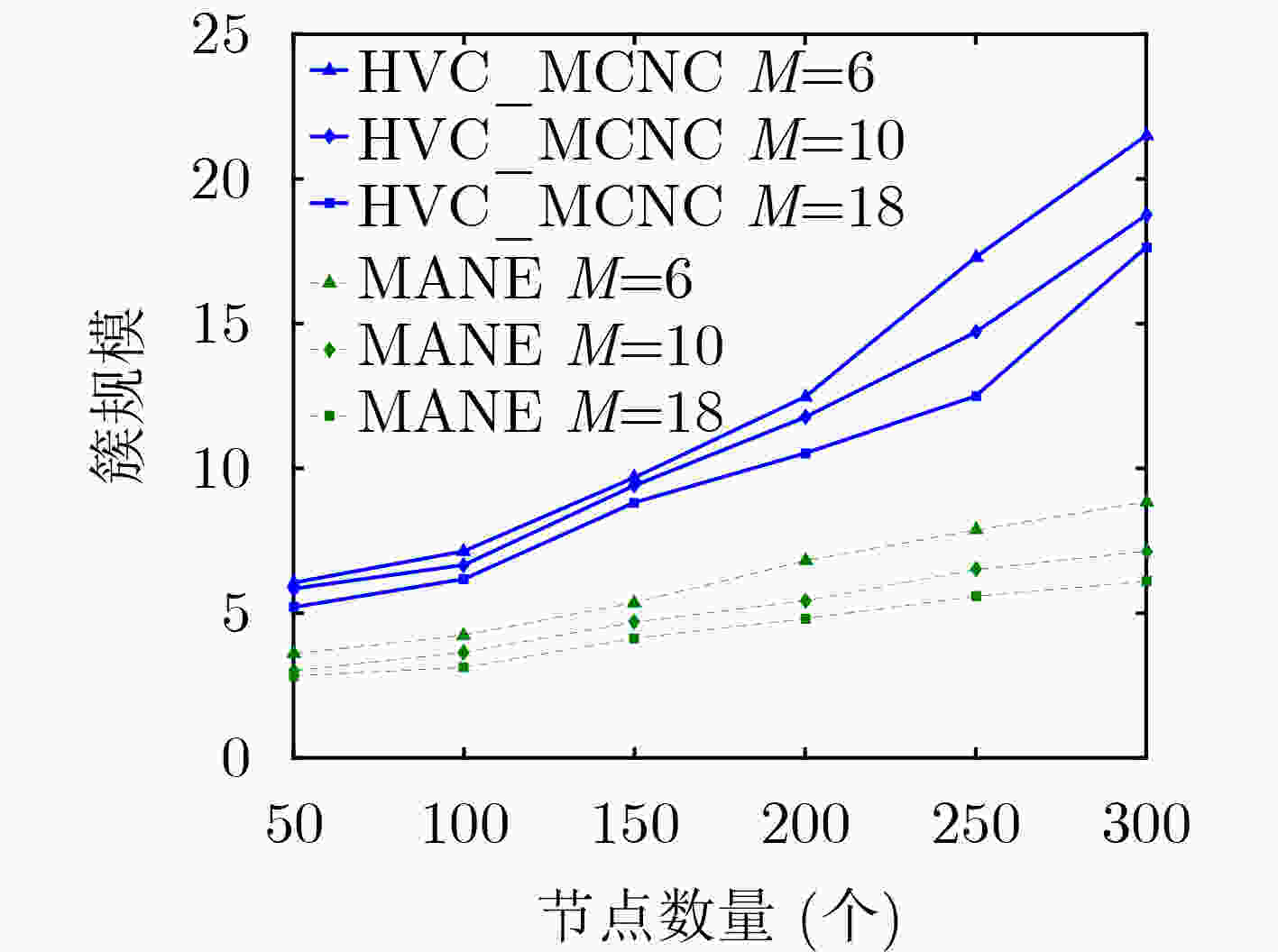
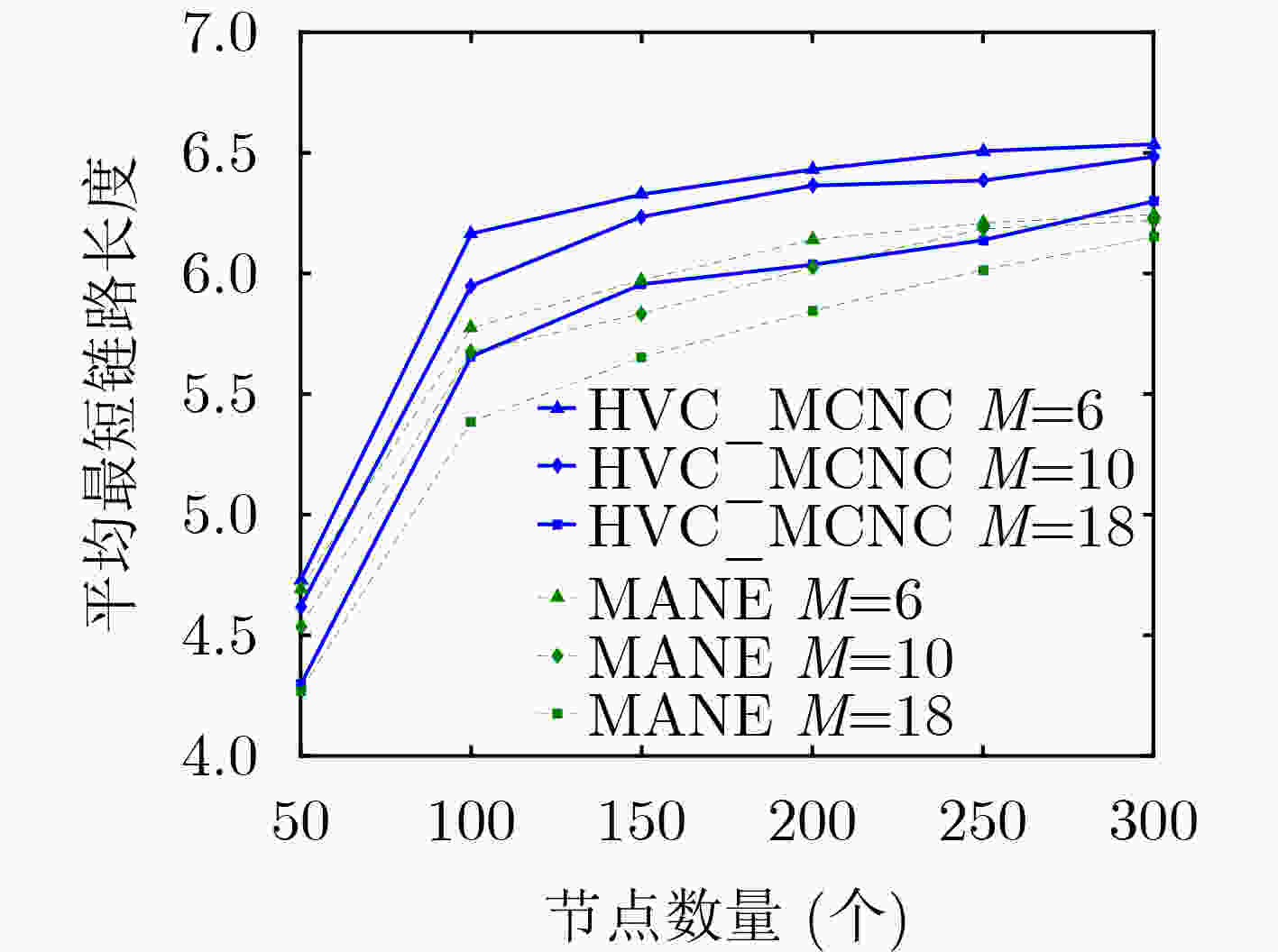
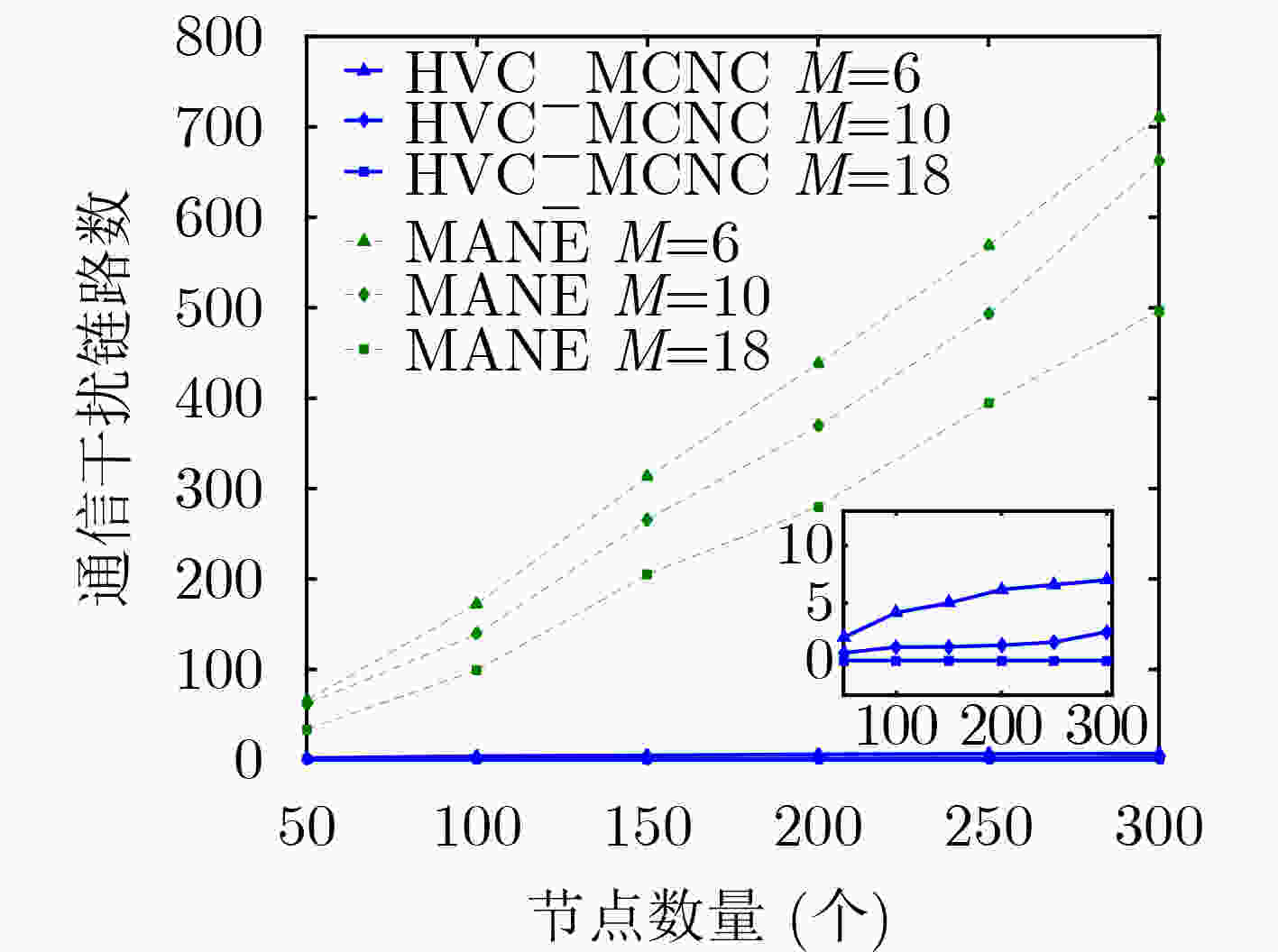


 下载:
下载:
